On May 14, 2025, the Trump Administration moved two pivotal drone regulations—Beyond Visual Line of Sight (BVLOS) operations and Section 2209 critical infrastructure protections—to the White House for Review, signaling a push to strengthen U.S. leadership in commercial Drone Technology. The Commercial Drone Alliance (CDA) applauded the decision, noting its potential to unlock safe, scalable drone operations for applications like medical deliveries and infrastructure inspections.
BVLOS Rule: Enabling Scalable Drone Operations
The BVLOS rule (RIN 2120-AL82) aims to normalize drone flights beyond an operator’s visual range, currently restricted or requiring lengthy Federal Aviation Administration (FAA) approvals. By streamlining these operations, the rule could expand use cases such as delivering medical supplies to remote areas or inspecting pipelines over long distances (e.g., 50 miles or more).
“The BVLOS rule especially is a critical deregulatory action which will remove ill-suited regulations that artificially constrain American innovation and ingenuity,” said CDA CEO Lisa Ellman.
This aligns with Executive Order 14192, prioritizing reduced regulatory burdens to spur economic growth.
Technologically, BVLOS operations rely on advanced detect-and-avoid systems, often integrating radar, LiDAR, cameras, and AI to navigate safely. The rule’s advancement could accelerate investment in these technologies, fostering innovation among U.S. manufacturers. Economically, it may create jobs in drone production and services, with the global drone market projected to reach $63 billion by 2030.

Section 2209: Securing Critical Infrastructure
The Section 2209 rule, mandated by the 2016 FAA Extension Act, directs the FAA to restrict unauthorized drone flights near sensitive sites like power plants or airports. This addresses growing security concerns as drone usage surges. For example, a rogue drone flying 500 feet from a nuclear facility could disrupt operations or pose safety risks. The rule establishes a framework to designate no-fly zones, balancing security with operational freedom for commercial operators.
“Innovation and security are two sides of the same coin for drone integration,” noted CDA Policy Director Liz Forro. The rule’s progress could encourage infrastructure owners to adopt drone-based inspections, knowing sensitive areas are protected, while supporting public safety missions like emergency response.
CDA Membership and Industry Support
The CDA, an independent 501(c)(6) non-profit founded in 2016 by Lisa Ellman and Gretchen West, represents a diverse coalition of industry leaders advocating for commercial drone growth. Its members include major U.S.-based companies like Skydio, Zipline, Amazon Prime Air, Honeywell, and Wing, alongside end-users like Southern Company and Florida Power & Light, and research entities like NUAIR.
The CDA also collaborates with organizations like the National Association of Tower Erectors (NATE), which praises the Alliance’s “enormous credibility among decision-makers” for its policy influence. These stakeholders drive the CDA’s mission to merge innovation with safety and security policies, ensuring U.S. competitiveness in advanced aviation.
Industry and Regulatory Implications
These rules mark a shift from regulatory gridlock, which has hindered U.S. competitiveness against Countries like China, where BVLOS frameworks are more advanced. “This is a crucial milestone to finally right-sizing the low altitude airspace for commercial drone activity,” Forro added. The FAA’s preparatory work enabled swift action, and the Office of Information and Regulatory Affairs (OIRA) is urged to expedite review to allow stakeholder feedback.
For drone professionals, the BVLOS rule could lower operational costs by reducing the need for multiple pilots or waivers, while Section 2209 ensures compliance with security standards, avoiding fines or grounded fleets. Recreational pilots may face clearer no-fly zone guidelines, enhancing safety. However, challenges remain, including public acceptance and integrating drones into crowded airspace below 400 feet.
Looking Ahead
With its robust membership, the CDA sees these rules as vital for economic and humanitarian gains across sectors like precision agriculture and filmmaking. As Ellman stated, “With the right framework in place, we can unlock the real benefits of safe, secure, and scalable drone operations for the American people.” The industry awaits OIRA’s next steps to solidify America’s drone future.
Photos courtesy of Zipline / Wing
Discover more from DroneXL.co
Subscribe to get the latest posts sent to your email.
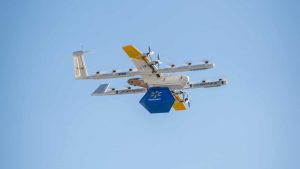
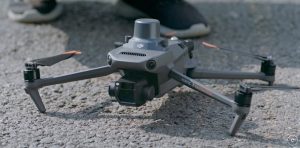


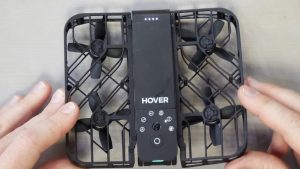
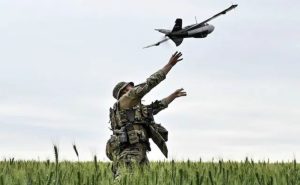

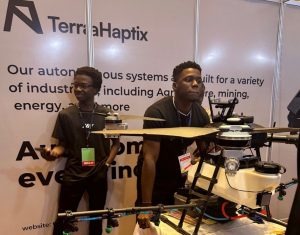
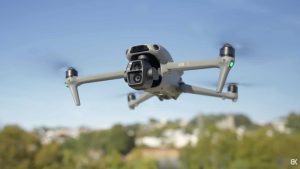




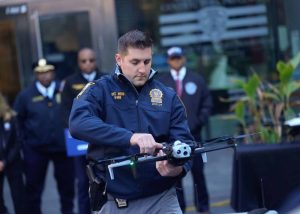

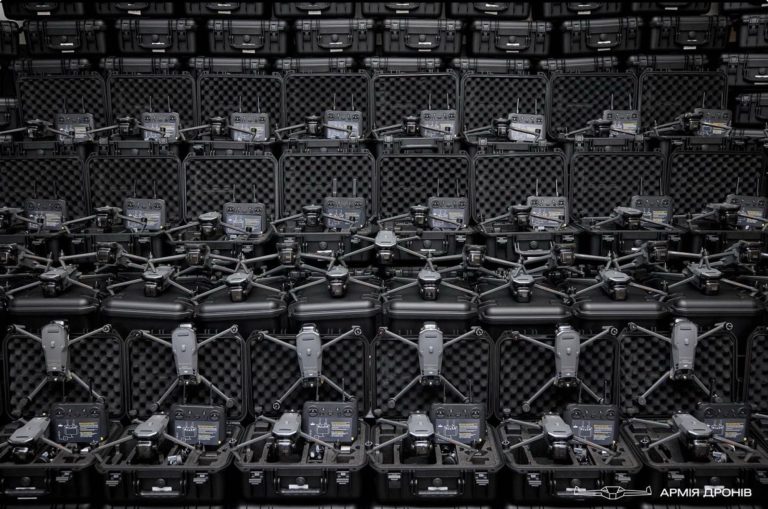
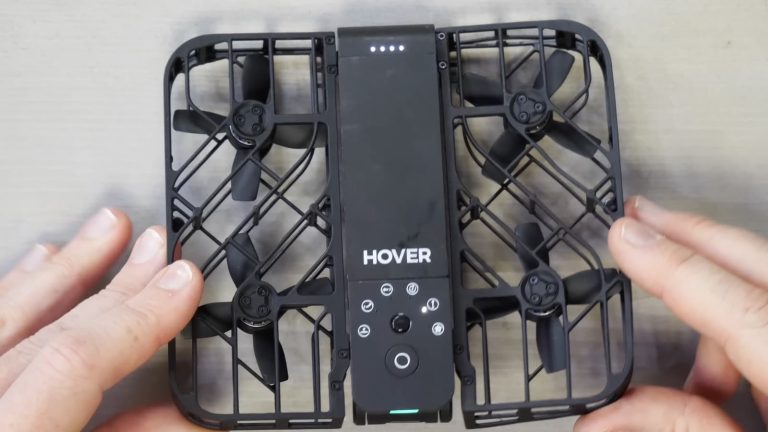
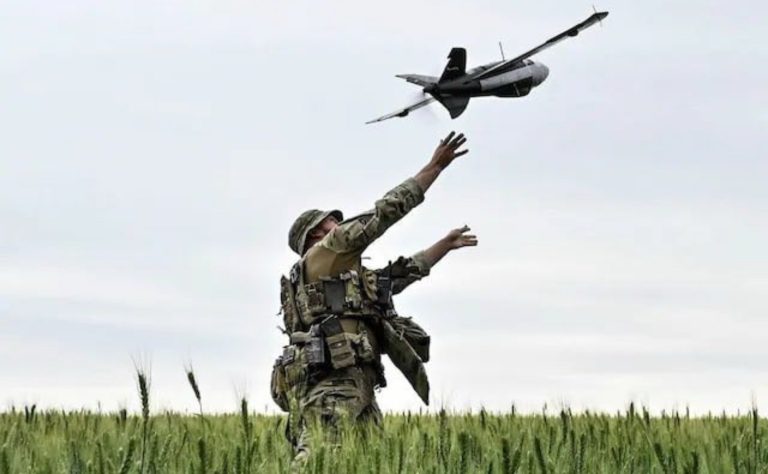
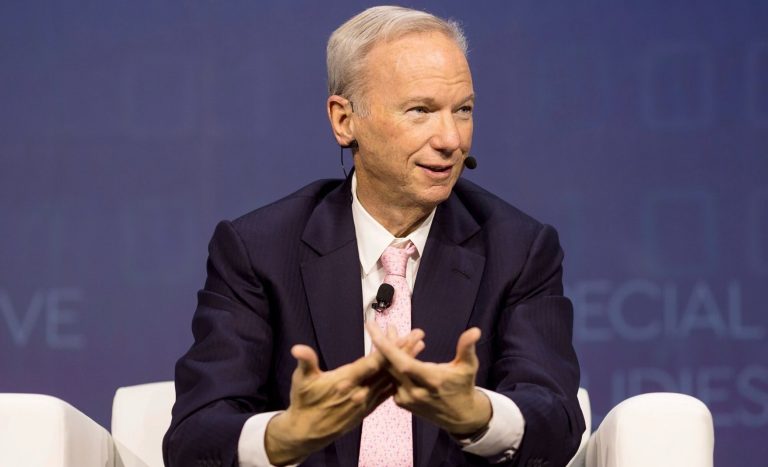

+ There are no comments
Add yours